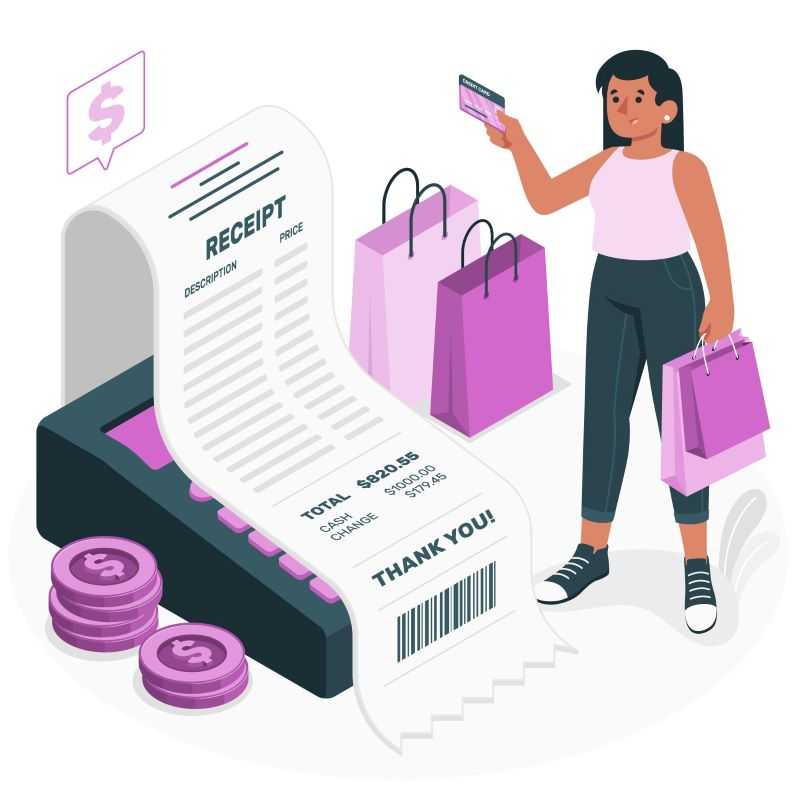What Is The Retail Price

Retail pricing is a core aspect of any business that sells products to customers. After all, consumers may care about a number of factors when making purchasing decisions, but the price they will pay for an item is almost always among their top concerns.
When it comes to setting prices for products offered at your retailer, there are numerous approaches you could take, depending on your short- and long-term business goals.
However, generally speaking, the retail price you set for any given item must include the cost of that item plus any markups you make in order to gain a profit from selling that item.
What are Your Retail Pricing Objectives?
It should come as no surprise that every retailer seeks to maximize profits and keep profit margins high.
Yet the world of retail is hardly stable, and your priorities as a business can shift over a matter of weeks or months.
Depending on the type of retailer you manage or the time of year, your biggest objective may just be keeping your store afloat for a few months until you can draw in more customers during the high season.

Factors that Affect Retail Pricing
Although retail pricing is a complex topic with many different components, the factors that affect how you price your products can be broadly categorized as either internal or external.
Internal factors are elements of your business that are generally under your control, such as the costs and processes associated with manufacturing, or how much you invest in promotions and marketing.
Internal factors are important because they give you an idea of your baseline, or how much you must earn from retail sales to keep your business profitable.
External factors, on the other hand, are largely out of your control. These factors include the proximity and price range of your competitors or the buying power of your consumers.
When assessing external factors, it’s important to consider macro trends such as the current state of the national, regional, and global economy, as they hugely impact customer purchasing behavior.
Pricing Strategies
1. Discount Pricing
As the name suggests, discount pricing is the practice of selling products at a discount, whether it’s through sales codes or coupons sent directly to the customer or through in-store discounts or even store-wide markdowns.
Although retailers don’t love the idea of discounting items as it generally eats into their profit margins, offering the occasional sale can do wonders for getting more people into your store and attracting new groups of customers who are out looking for a deal.
Pros: Discount pricing can be a great way for retailers to get rid of slow-moving or out-of-season items.
Cons: If you offer discounts too frequently, it can lower your brand’s perceived value in customers’ eyes, making them unwilling to pay full price for your goods and services.
2. Penetration Pricing
Often preferred by newer brands who are set to enter the market, penetration pricing is the practice of initially keeping product prices low so as to introduce the brand and its products to as many people as possible.
The idea is that by generating word of mouth among consumers, retailers can save on advertising and customer acquisition costs down the road.
Pros: Offering lower prices than the established competition can help retailers strike the right chord with shoppers, helping them to build a loyal customer base from day one.
Cons: If you make the switch from your initial low prices to regular pricing too abruptly, it has the potential to backfire and alienate the customers you had acquired by that point.

3. Loss-Leading Pricing
This is the approach of luring customers in by offering a discount on a product they want, then encouraging them to buy more products along with the original one once they’re in your store.
By using the loss-leading pricing, retailers hope to offset their profit loss on the discounted item by selling additional products the consumer hadn’t initially thought of buying.
Pros: This approach often increases the average transaction value (ATV), or the amount a shopper spends in a single shopping trip.
Cons: When it comes to implementing loss-leading pricing, it’s crucial to strike the right balance in customer service. Just as you don’t want your customers to feel forced by staff to purchase items they don’t need, you also don’t want to risk losing money by only selling the discounted items and not much else.
4. Psychological Pricing
Although the concept may sound like something out of a research paper, we all encounter psychological pricing on a daily basis.
Also known as “charm pricing,” this approach relies on the theory that customers place greater trust in prices that end with odd numbers like 5, 7, or 9, the last one being the most popular.
So, instead of offering an item for a rounded $200, the retailer may choose to price it at $199, and customers will perceive this to be a better deal based on the number alone.
Pros: Psychological pricing is especially useful for brands that want to increase their overall sales volume by driving customers to make impulse purchases of cheap to mid-range items.
Cons: Not all brands should implement psychological pricing. In fact, if you’re a premium or luxury brand, implementing psychological pricing can have the opposite of the intended effect in that it makes you seem “cheap” or “gimmicky” in the customers’ eyes.
Author Bio
This user has not submitted a user bio yet
Article Comments
No Comments!
At present there are zero comments on this article.
Why not be the first to make a comment?
Similar Articles
Sponsor
Search Articles
Experts Column
Latest Articles
Featured Articles
Most Popular Articles












